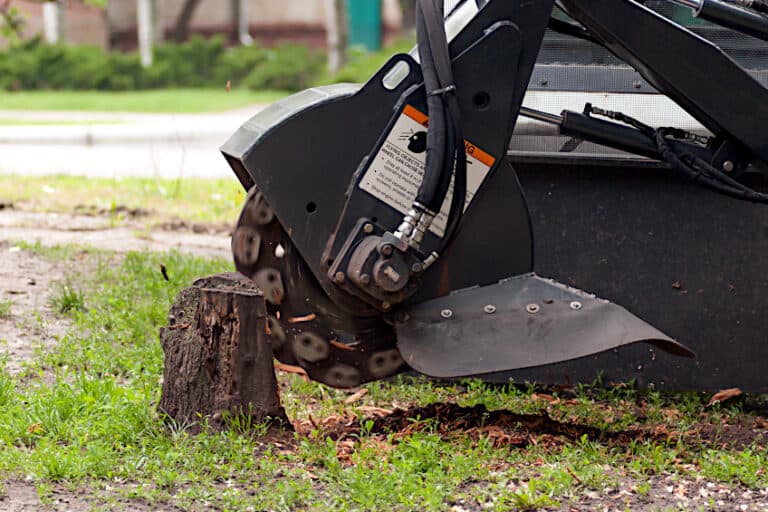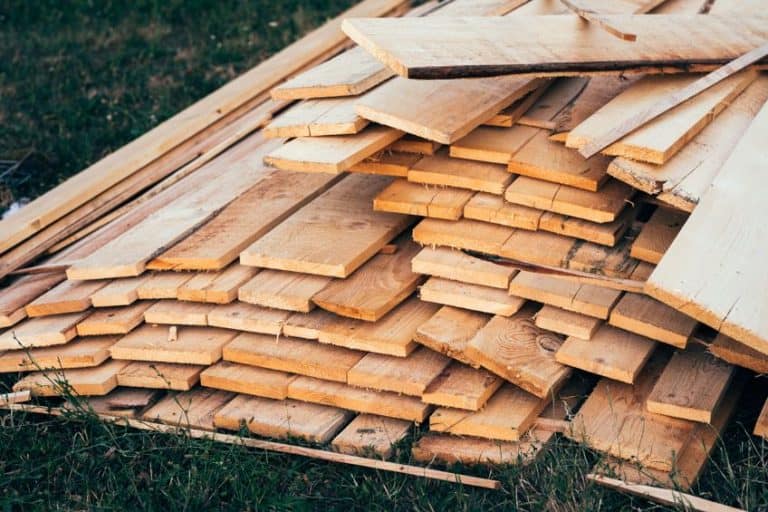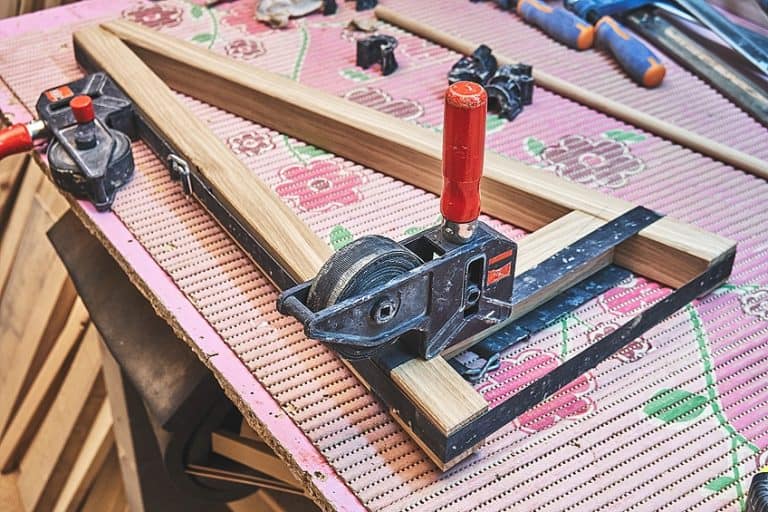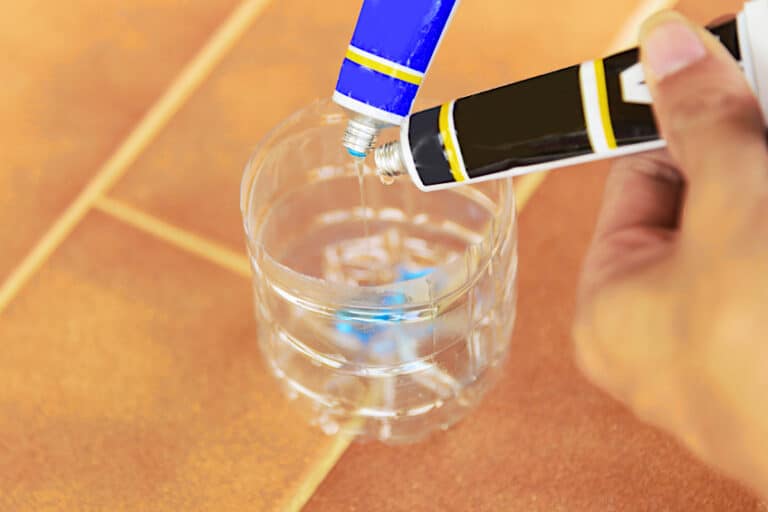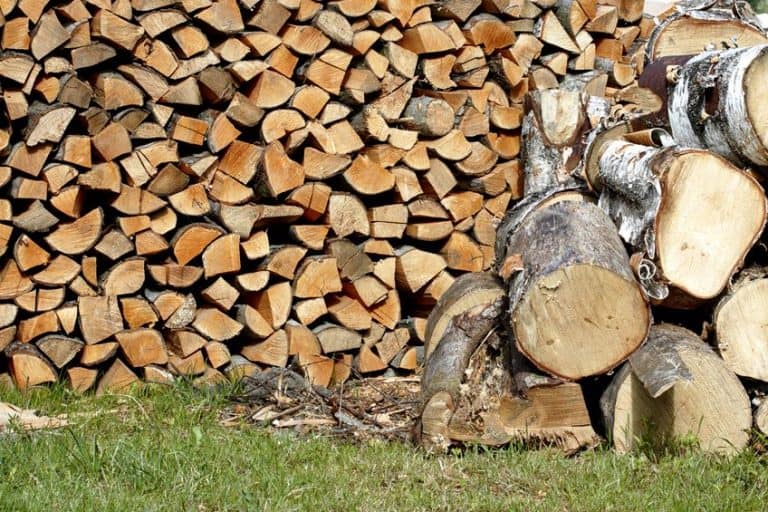Wood Filler Deck Repair – Helpful Guide about Outdoor Wood Filler
No matter to what extent you want to improve your outdoors wooden surface, it is essential to keep the best exterior fillers by your side. The reason you would need deck filler would be to eliminate any flaws on your deck. Once any imperfections are spotted, an outdoor wooden filler can immediately be applied to make your furniture look as good as new.
The Wooden Deck Repairing Process
- The stages of the process are highly similar to all handy work. Once the damage is apparent on the wood, the dented region must be cleansed with a stiff brush. This is done so as to get rid of any splinters. Using sand-paper is also an effective technique to get rid of any deadwood.
- The finished area requires a deck stripper to be applied prior to deck cleaner application. On unfinished surfaces, the deck cleaner can be applied without a need for a deck stripper. It is vital to follow all the instructions provided with the purchased product. The idea behind applying deck filler is to not rush the process. Allow the deck stripper or cleaner to sit in the wood for a good few minutes before actually moving onto the next application step. Once the stripper or cleaner has sat on the wood, scrape the surface. Spray the product clean with a hosepipe and allow the wooden surface to fully dry before proceeding with the filler.
- Apply some of the wood filler gently with a knife. Certain types of fillers need to be pre-mixed with a hardener so the best way to mix is in an empty ice-cream container or paper plate. The mixture needs to be effectively stirred until the filler becomes harder.
- Smear the filler over the porous substance or the hole. Press the filler down with the knife properly before you add 1/8 of the filler. Resume the same process until the hole has been adequately filled and is in line with the rest of the wooden surface.
- Drying time for the filler is of utmost importance. Remember to consult the application manual of your product to determine how long the product will take to dry. Allow the filler to dry. Some filler types may appear to shrink but that need not be a concern as more products can be added to conceal the hole while the curing process is occurring.
- The process of applying filler is only completed once the filled pore is sanded using medium-grit sandpaper. All pores can be concealed in this way.
The Pores that Require External Wood Filler
A tiny Hole
For furniture constructed with cost-effective wood, knot holes may appear. It is not advisable to use wood with these knotholes for decks and support railing constructions but sometimes this slips the eye. Small holes may indeed appear and you will need to go about rectifying the many smaller holes. It is important to clean the deck thoroughly before applying the filler. Try to get a suitable tub of filler that can effortlessly be applied with a spatula.
When applying this outdoor filler, the filler must be made to rest for an entire day before anything else is done to the deck. Sanding the deck must only happen thereafter. Many experts who have done over 100 decks insist that perfection will be ensured if you allow another day before you sand again. The reason being most filler tends to get larger as it cures. After re-sanding, sweep the deck. Thereafter you can color the filled area. Most wood fillers will take the color of the stain, yet it may slightly vary. A darker color is applied thereafter will enable the cured area to resemble the rest of the wooden deck.
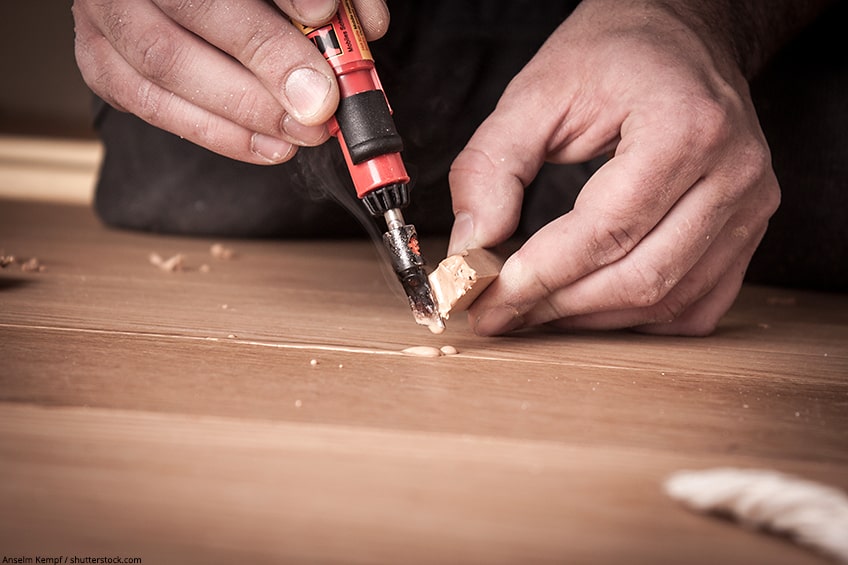
The popped Hole
On most decks, you are bound to find a hole or two left behind by a popped screw or perhaps even a nail. Before you attempt to remedy the hole, ascertain if the object came out properly. Sometimes a popped nail can rot in the deck. The rotten area may be so severe that you will need to replace the deck. However, if the wood still looks like it can be rescued, place a new screw to close the hole, and retie the board so it won’t face its worst during drastic weather conditions.
Big Holes
Bigger holes could result from a withering wooden board, or it is caused by a large knothole. If the big hole was caused due to either it may not easily be repaired with filler. The deck board may be bad. Sometimes you can cut a deck insert that will blend with the hole and simply screw in the deck insert. Filler can be applied thereafter. The correct color can be applied as a final step to create a flawless look.
Holes due to Fungus
A rotten hole could be the result of insects or growing fungi. This may mean you need to do more severe damage control. You need to inspect all boards to see the extent of the damage. If most of the deck is damaged, the damaged boards need to be removed. Analyze both the underneath region of the deck and the surface area.
Considering Deck Filler for Deck Repairs
There are two types of fillers that can be used are water-based and solvent fillers. To be frank, both filler types can work as good wood filler for deck cracks. It is impossible to deduce which of the two options the best wood filler for decks is without analyzing the properties of each type of filler first. The water-based and solvent fillers are unique in their qualities making them both possibly exterior wood filler options as well as interior fillers too.
Glancing at Water-based Fillers
The ingredients of water-based fillers are cellulose, gypsum, and wood fiber. Due to the ingredients that have been mixed to produce water-based fillers, the fillers do not have an overbearing smell. The volatile organic compounds (VOCs) are barely ever given off during the filler application process. The reason why many woodwork experts opt for water-based fillers are because these fillers are rather adaptable.
If the water-based solution is too thick, even a novice can dissolve the solvent in water creating ready-to-use thinner filler. The drying time of water-based filler is also convenient. The filler can dry within 15 to 20 minutes maximum. Soapy water cleanup is all that is needed thereafter. The water-based fillers range from $0.40 to $1.50, so the price really depends on the brand of water-based filler that you choose.
Grasping the Truth about Solvent-based Fillers
Vinyl and epoxy are amalgamated to create solvent-based wood fillers. Unlike its water-based counterpart, solvent-based fillers emit much VOC’s when it is applied to wooden surfaces. The filler is also more potent in smell. Due to the different components of this particular filler type, drying time is expected to be much longer. The filler should be applied to a wooden surface to ease off dents but takes an hour to dry. A soapy- water solution will not work best to clean the wooden surface after application but acetone can be used.
The thing about solvent-based fillers is that they are much more expensive and can cost anything from $0.50 to $3.80 for an ounce. The reason for the higher price tag is because the solvent-based filler is more durable. As per durability factors, solvent-based fillers are water-resistant, able to handle most weather conditions, and will not rot easily.
If there is a dent on a wooden surface outside, a solvent-based exterior wood filler may sometimes prove to be the most desirable option. If you are in search of wood filler for deck cracks, you would visit the solvent-based aisle at the hardware store first.
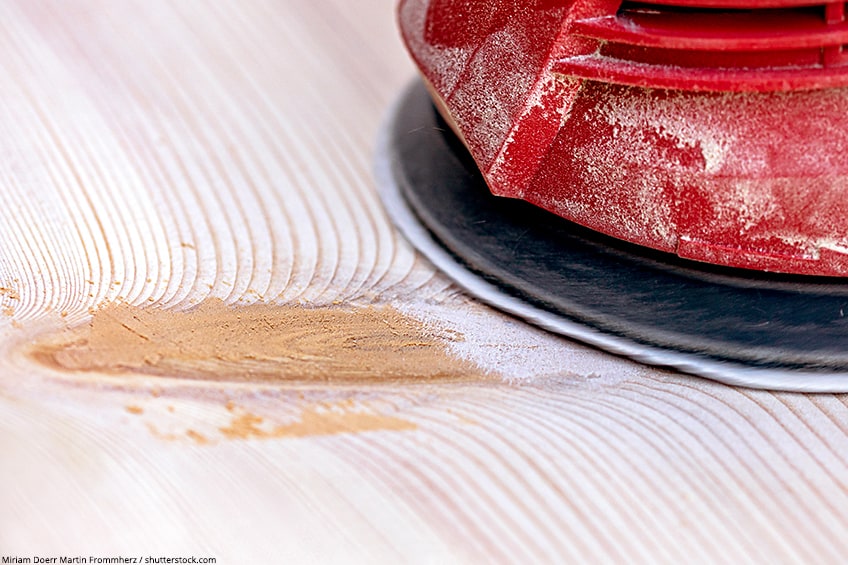
How to Choose an Exterior Wood Filler
The Work that Needs to be Done
Each brand of wood filler is required for various exterior and interior filling tasks. While some filler types can be used to fill large holes, other formulas are to be placed in large pores. Certain types of wood fillers work best to create a smoother-looking finish to grainy woods. Other fillers can be used to rectify holes and pores.
The Consistency of the Filler
Not all wood fillers have the same consistency. Some fillers are thicker whilst others are thinner. As per the consistency, thicker fillers will be used to rectify larger voids whilst thinner fillers remedy pores within the grain. The type of woodwork you are doing will depend on what type of filler you will use. Since thin fillers are not fluffy in texture they cannot be used to remedy voids in the wood. There are other thick filler brands that can be easily thinned out to rectify voids. This can be done by adding water to the thicker filler.
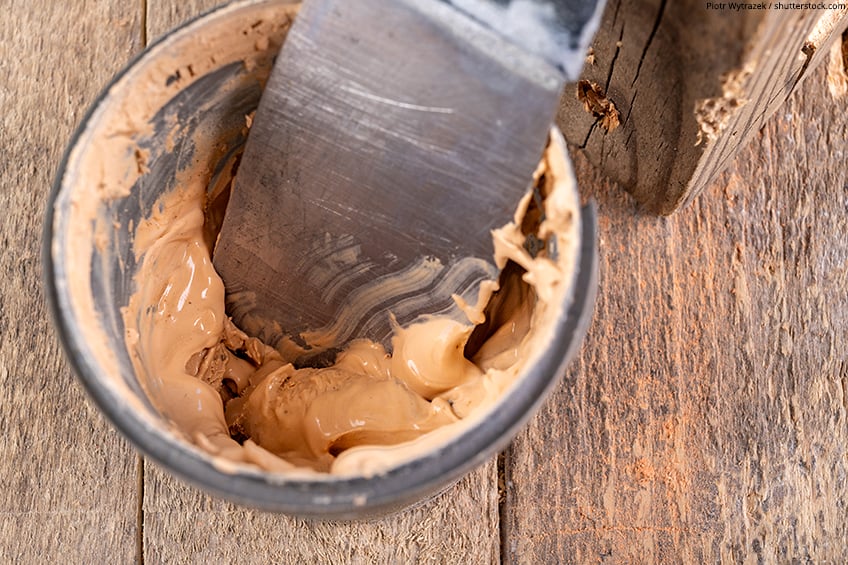
Color
Again when buying filler, the color of the filler you want to buy is important to decide upon. Many types of fillers are usually wood-like in color, or else clear or white in color. The idea behind picking the right color of the filler would be to pick a color as close as possible to the natural color of the wooden surface that you are coating. If you intend to paint over the filler once applied, you need to make sure the filler can be painted over. Choosing a white-colored filler or a filler a shade or two lighter than the color you are painting will be best in this case.
The Filler Application Method
Most filler brands have clear instructions on where the filler can be used. It will state outdoor wood filler or filler for interior only. The reason why fillers are restricted to certain environments only is that certain fillers are water-resistant. If an internal filler is used on an exterior wooden surface, the end result will not be as desirable. You would want to purchase outdoor wood filler for decks because of the amount of sun and water decks usually come into contact with. You would certainly not use interior wood filler on a deck.
- Try to abide by the internal and external filler rules. You need to apply interior-only filler to wooden objects that remain inside the home only. Try applying an interior-only product to a wooden piece that stays outdoors and you will notice cracks on the table where the filler was applied over time.
- There are filler types that can be applied in internal and external environments and since these fillers are specifically manufactured to last long, without hardening or cracking in any way post the application process. The reason why people prefer water-based interior/exterior fillers is that they do not have an odor, and they are able to withstand severe weather conditions even when they are applied as outdoor wood filler or deck filler. The other filler alternative, solvent-based fillers are extremely durable which then again makes them the best possible outdoor wood filler and the ideal outdoor wood filler for decks. This type of filler does contain a stronger odor when it is being applied. The odor, however, evaporates after a while.
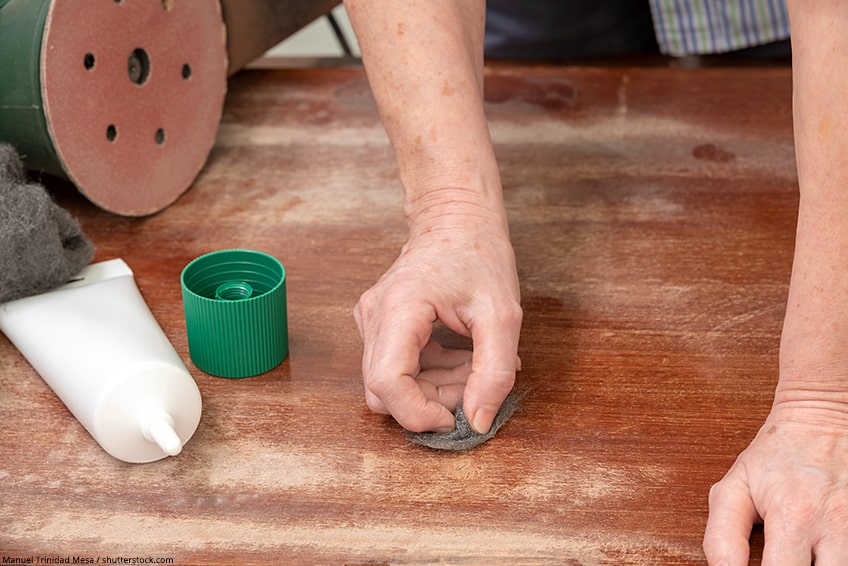
Filler Containers
Just like every brand differs in the quality of filler they produce, many types of wood filler can occur in many different sizes and types of containers. Some filler types are available in squeeze tubes while others are found in tubs. The type of filler predominantly found in a tub doesn’t need to be mixed in any way prior to application. The formula in the tub can be put onto wooden surfaces with a spreader. There are other types of fillers that ought to be mixed prior to application. The tube filler is made to be squeezed directly into the pores. Many experts settle for fillers contained in tubs as they are best for filling many wooden surfaces. It also works out the most cost-effective to buy the tub.
Frequently Asked Questions
How can I tell the Difference between Wood Putty and Filler?
Wood putty is an epoxy, fiberglass, and polyurethane mixture and appears to be plastic-like in texture. Wood filler is an amalgamation of sawdust and wood fibers.
Is it possible to Use a Wood Filler on my Deck?
A deck can be repaired with filler even when nails have created holes in the floor. However, the extent of the damage must be accessed as major damage cannot be remedied with wood filler.
Can you Cure deeper Holes in Floors?
A deeper hole is best cured with two-part epoxy. Molding and bigger holes can be remedied with epoxy. The reason why two-part epoxy is so desirable is that it is clay-like and can be molded to fit the hole.
What is the Best Way to Cure damaged Wood?
For more severe wood damage, the polyester filler is best. Place wood hardener and filler on the surface. Get rid of any rotten wood from the onset. Coat the region to be remedied with wood hardener. Amalgamate polyester wood filler or the Bondo wood filler and insert it into the hole with a knife.
Would Wood Filler be akin to Wood?
The filler is meant to remedy the wood, often being harder than the actual wood itself. Caution must be taken not to apply excess filler as this may sand off easily during the sanding process.

I have been into woodworking since 2005 and woodturning since 2011. Because of my love for wood and woodworking, I started woodhappen.com to teach other enthusiasts about how to finish and seal wood, the best woodworking tools, the different types of wood, and everything else related to woodworking! Read more about me here.

